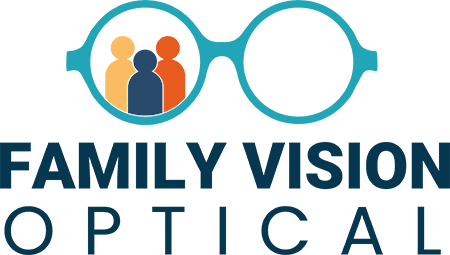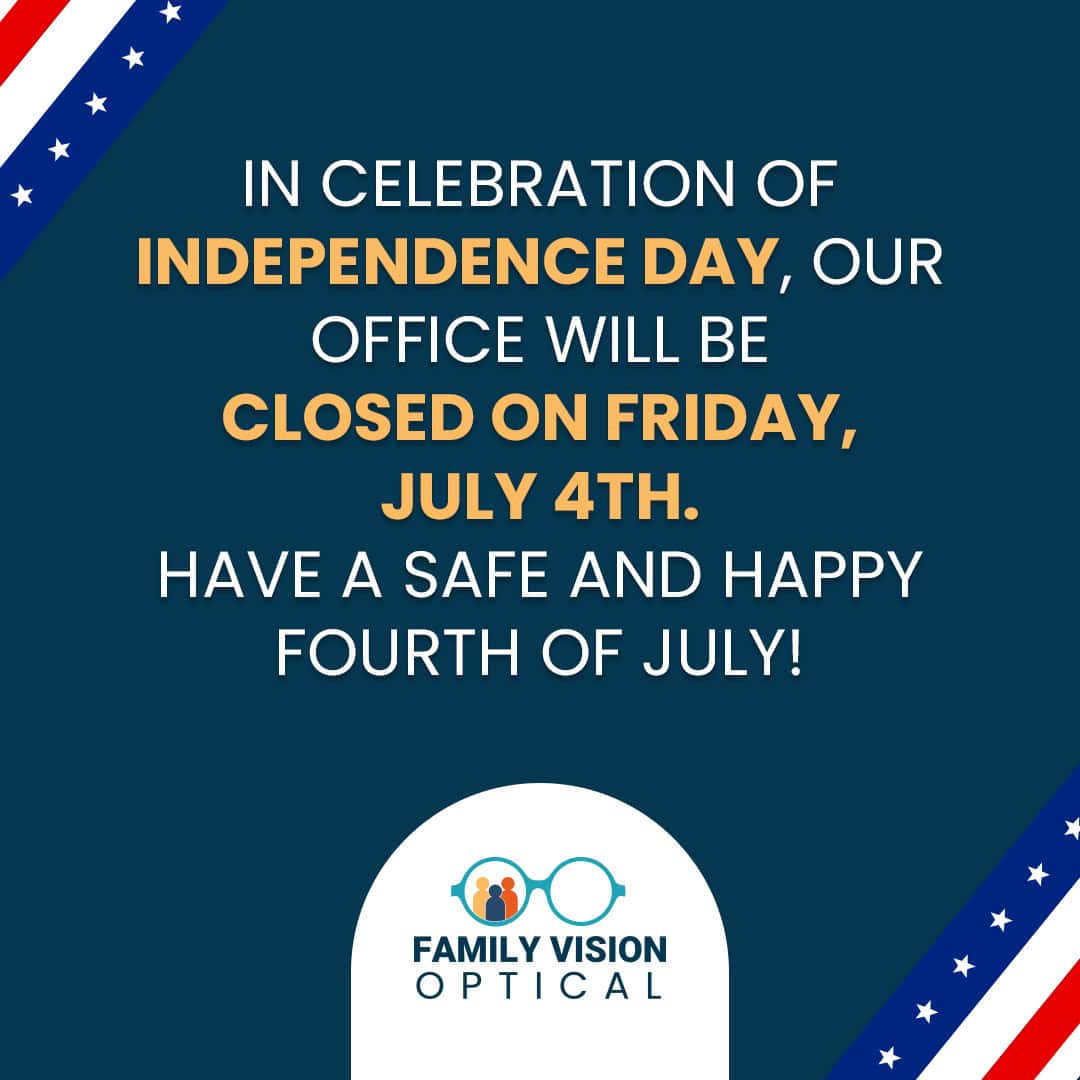Comprehensive Eye Exams in
Allendale, MI

Eye Exams in Allendale, MI
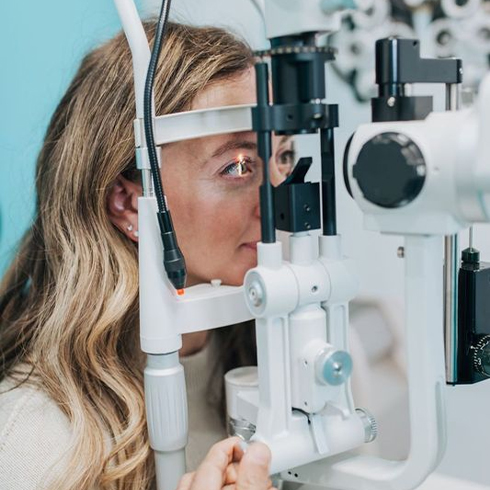
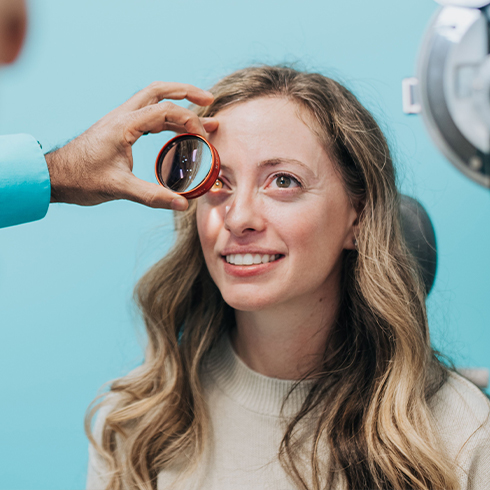
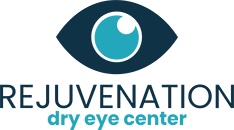
At our sister practice, Rejuvenation Dry Eye Center, our knowledgeable team of providers use cutting-edge technology to identify and treat the underlying cause behind your dry eye symptoms.
Specialized Eye Exams

Pediatric Eye Exams
Children are susceptible to specific eye health issues which can affect them long into adulthood. During a pediatric eye exam, our eye experts will look for the signs of age-specific conditions and help pair them with eyewear that they love wearing!
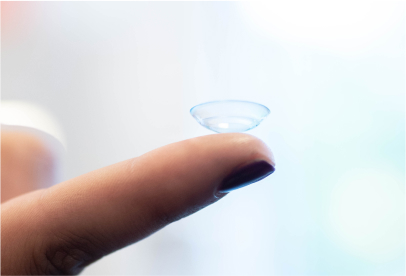
Contact Lens Exams
Unlike glasses, contact lenses sit directly on the eye, and as a result they require a special prescription. Dr. Nick Lillie and his team at Family Vision Optical use advanced technology to get special, topographic readings of your eye’s surface to help you find the perfect pair of lenses.
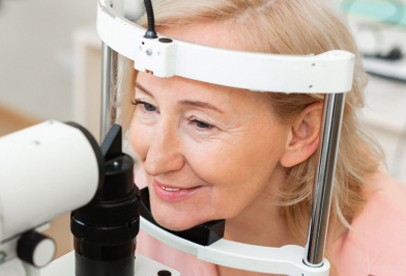
Diabetic Eye Exams
Diabetes affects the eyes by harming the small blood vessels in the retina, which can lead to permanent vision loss and make you more susceptible to other diseases, like glaucoma. Our expert team will track your ongoing eye health and help you manage your diabetes to ensure the longevity of your vision.


